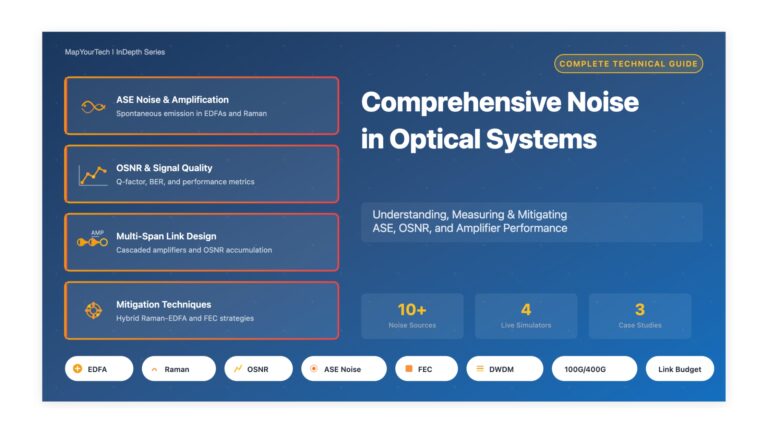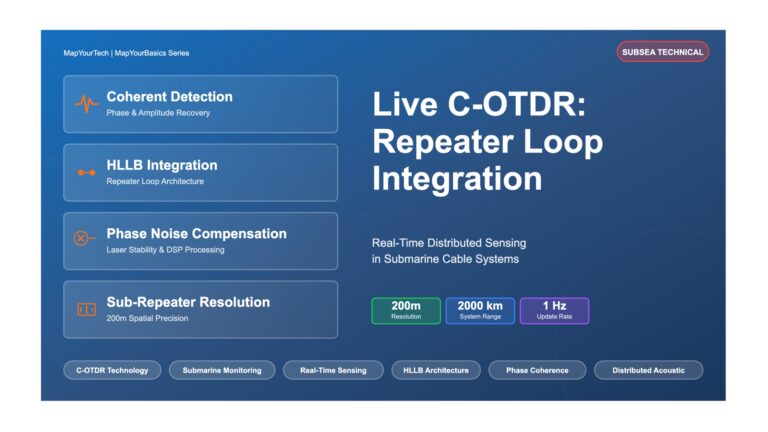|
Significance |
ITU-T Standards |
Characteristics |
Wavelength Coverage |
Applications |
|
50/125µm Graded-Index Multimode Fiber for FTTH Systems |
G.651.1 |
Cladding Diameter & Core Diameter: 125 ±2 µm; 50 ±3 µm Macrobend loss: 15mm Attenuation: “Max at 850 nm: 1 dB Max at 1300 nm: 1 dB Max at 850 nm: 3.5 dB/km Max at 1300 nm: 1.0 dB/km” |
850 nm; 1300 nm |
Support FTTH and FTTZ architectures; Recommend the use of quartz multimode fiber for access networks in specific environments. |
|
Standard Single-Mode Fiber for CWDM Systems |
G.652.A |
Max PMDQ=0.5 ps/√ km |
O and C bands |
Support applications such as those recommended in ITU-T G.957 and G.691 up to STM-16, as well as 10 Gbit/s up to 40 km(Ethernet) and STM-256 for ITU-T G.693. |
|
G.652.B |
Maximum attenuation specified at 1625 nm. Max PMDQ=0.2 ps/√ km |
O, C and L bands |
Support higher bit-rate applications up to STM-64, such as some in ITU-T G.691 and G.692, and STM-256 for applications in ITU-T G.693 and G.959.1. |
|
|
G.652.C |
Maximum attenuation specified at 1383 nm (equal or lower than 1310 nm). Max PMDQ=0.5 ps/√ km |
O, E, S, C and L bands |
Similar to G.652.A, but this standard allows transmission in portions of an extended wavelength range from 1360 nm to 1530 nm. Suitable for CWDM systems. |
|
|
G.652.D |
Maximum attenuation specified from 1310 to 1625 nm. Maximum attenuation specified at 1383 nm (equal or lower than 1310 nm). Max PMDQ=0.2 ps/√ km |
O, E, S, C and L bands |
Similar to G.652.B, but this standard allows transmission in portions of an extended wavelength range from 1360 nm to 1530 nm. Suitable for CWDM systems. |
|
|
Dispersion-Shifted Single-mode Optical Fiber for Long Haul Transmission |
G.653.A |
Zero chromatic dispersion value at 1550 nm. Maximum attenuation of 0.35 dB/km at 1550 nm. Max PMDQ=0.5 ps/√ km |
1550 nm |
Supports high bit rate applications at 1550 nm over long distances. |
|
G.653.B |
Maximum attenuation specified at 1550 nm only. Max PMDQ=0.2 ps/√ km |
1550 nm |
With a low PMD coefficient, this standard supports higher bit rate transmission applications than G.653.A. |
|
|
Cut-off Shifted Single-mode Fiber for Long Haul Submarine & Terrestrial Networks |
G.654.A |
Maximum attenuation of 0.22 dB/km at 1550 nm. Max PMDQ=0.5 ps/√ km |
1550 nm |
Suited for long-distance digital transmission applications, such as long-haul terrestrial line systems and submarine cable systems using an optical amplifier. |
|
G.654.B |
Maximum attenuation of 0.22 dB/km at 1550 nm. Max PMDQ=0.20 ps/√ km |
1550 nm |
Same ITU-T system as G.654.A and for ITU-T G.69.1 long-haul applications in the 1550 nm region. Also suited for longer distance and larger WDM repeaterless submarine systems with remotely pumped optical amplifiers in G.973. Also, for submarine systems with optical amplifiers in G.977 |
|
|
G.654.C |
Maximum attenuation of 0.22 dB/km at 1550 nm. Max PMDQ=0.20 ps/√ km |
1550 nm |
Suited for higher bit-rate and long-haul applications in G.959.1. |
|
|
G.654.D |
Maximum attenuation of 0.20 dB/km at 1550 nm. Max PMDQ=0.20 ps/√ km |
1550 nm |
Suited for higher bit-rate submarine systems in G.973, G.973.1, G.973.2, and G.977. |
|
|
G.654.E |
Maximum attenuation of 0.23dB/km at 1550nm. Max PMDQ=0.20 ps/√ km |
1550 nm |
Similar to ITU-T G.654.B, but has a smaller macrobending loss specification equivalent to ITU-T G.652.D fibers, and a tightened range of nominal MFD. For deployment as terrestrial cables with improved OSNR characteristics to support higher bit-rate coherent transmission, e.g., 100G/200G/400G systems. |
|
|
Legacy Long Haul Single-mode Fiber for CWDM System |
G.655.A |
Maximum attenuation at 1550 nm only. Lower CD value than B and C category. Max |
C band |
Support DWDM transmission (G.692) applications in the C band with down to 200GHz channel spacing. |
|
G.655.B |
Maximum attenuation specified at 1550 and 1625 nm. Max PMDQ=0.5 ps/√ km |
C+L band |
Support DWDM transmission (G.692) applications in the C+L band with down to 100GHz channel spacing. |
|
|
G.655.C |
Maximum attenuation specified at 1550 and 1625 nm. Max PMDQ=0.2 ps/√ km |
O to C band |
Similar to G.655.B, but allows for transmission applications at high bit rates for STM-64 (10 Gbps) up to 2000 km. Also suitable for STM-256 (40 Gbps). |
|
|
G.655.D |
Maximum attenuation specified at 1550 and 1625 nm. Max PMDQ=0.2 ps/√ km |
C+L band |
For wavelengths greater than 1530 nm. Similar applications to G.655.B are supported. For wavelength, less than 1530 nm, can support CWDM applications at channels 1471 nm and higher. |
|
|
G.655.E |
Maximum attenuation specified at 1550 and 1625 nm. Max PMDQ=0.2 ps/√ km |
C+L band |
Similar to G.655.D, but have higher CD values for applications with small channel spacing. |
|
|
Non-zero Dispersion Fiber for CWDM and DWDM System |
G.656 |
Maximum attenuation at 1460, 1550, and 1625 nm. Max PMDQ=0.2 ps/√ km |
S, C and L band |
Supports both CWDM and DWDM systems throughout the wavelength range of 1460 nm to 1625 nm. |
|
Bend-insensitive Single-mode Fiber for FTTH Systems |
G.657.A |
At 15 mm radius, 10 turns, 0.25 dB max at 1550 nm, 1 dB max at 1625 nm. Max PMDQ=0.20 ps/√ km |
from O to L band |
Optimized access installation with respect to macro bending, loss, other parameters being similar to G.652.D. |
|
G.657.B |
At 15 mm radius, 10 turns, 0.03 dB max at 1550 nm, 0.1 dB max at 1625 nm |
from O to L band |
Supports optimized access network installation with very small bending radii applied in fiber management systems and particularly for restricted distance installations. |
Unlock Premium Content
Join over 400K+ optical network professionals worldwide. Access premium courses, advanced engineering tools, and exclusive industry insights.
Already have an account? Log in here



